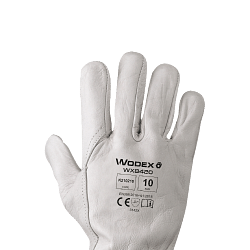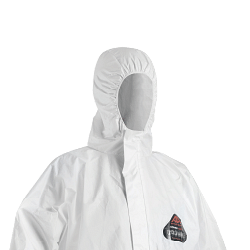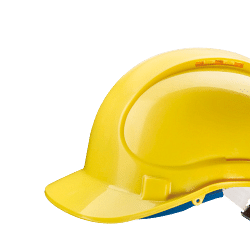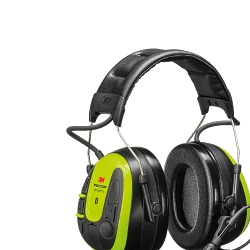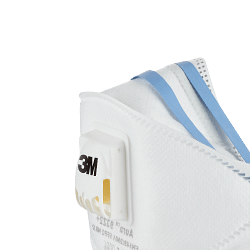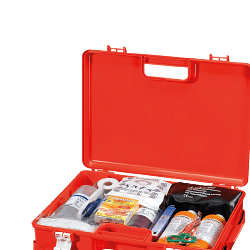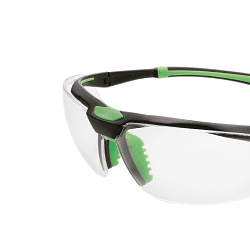Register and use the discount code NEWWELCOME to get 10% off on your first purchase. GET DISCOUNT.
Register and use the discount code NEWWELCOME to get 10% off on your first purchase. GET DISCOUNT.
Register and use the discount code NEWWELCOME to get 10% off on your first purchase. GET DISCOUNT.
Free shipping in 24h from 200€
Catalogues
Customer service
How can we help you?
- Faq
- Customer service
02.927371
- Supporting big orders
02.38298620
-
info@linkindustrialtools.it
- Request assistance with form
Or contact us with the chat in the lower right corner
- All products
 Integral cutting tools
Integral cutting tools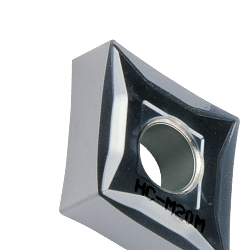 Turning tools
Turning tools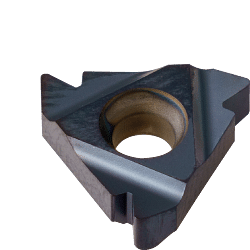 Thread tools
Thread tools Thread tools
Thread tools- All products
- Thread inserts
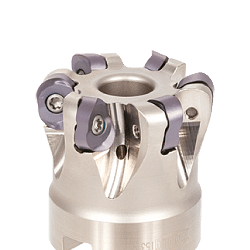 Milling cutters
Milling cutters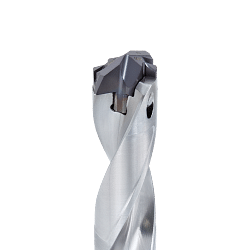 Drilling tools
Drilling tools Drilling tools
Drilling tools- All products
- Indexable drill bits
- Indexable drill heads
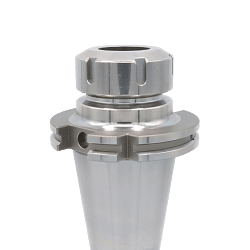 Clamping systems
Clamping systems Measuring and precision tools
Measuring and precision tools Measuring and precision tools
Measuring and precision tools- All products
- Digital calipers with readings to 0.01
- Analogue calipers
- Digital micrometers
- Analogue micrometers
- Bore gauges
- Snap gauges
- Digital gauges
- Analogue gauges
- Touch probes
- Zero setters and edge finders
- Inspection plates
- Altimeters
- Height gauges
- Squares and levels
- Threaded rings
- Gauge blocks
- Calibrated tapes and thickness gauges
- Digital and analogue hardness testers
- Roughness testers
- Microscopes, lenses and visors
- Digital thermo-hygrometer to measure moisture
- Reset benches
- Optical profile projector
- Professional, digital dynamometers
- Laboratory scales
- Digital amperometric pliers
- Thickness and adhesion gauges
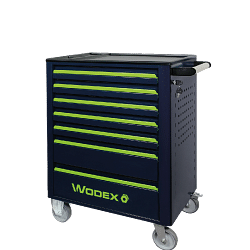 Hand tools
Hand tools Hand tools
Hand tools- All products
- Combination wrenches
- Spanners
- Hook wrenches
- Tubular wrenches
- Hexagon keys
- Torx wrench
- Socket wrenches
- Screwdrivers
- Torque wrenches
- Torque screwdriver
- Inserts and bits for screw drivers
- Tool trolleys
- Workshop pliers
- Wire strippers
- Cable strippers
- Cutting nippers
- Professional scissors
- Nippers
- Professional shears
- American or Swedish pipe wrench
- Adjustable wrench
- Pipe tools
- Pipe cutter for plumber
- Cutter
- Hacksaws
- Deburring tools
- Chisels
- Hammers and mallets
- Mechanical and conical pullers
- Clamps
- Tap wrenches and die stocks
- Riveters
- Flexometers
- Tape measures
- Markers
- Flat squares and rulers
- Professional dividers
- Professional protractors
- Brushes
- Lubricators and spray nozzles
- T-wrenches
- Reversible ratchets
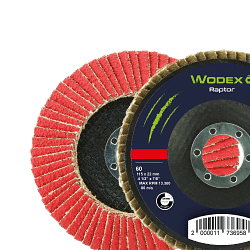 Abrasives
Abrasives Abrasives
Abrasives- All products
- Cutting discs
- Deburring grinding wheel
- Flap discs
- Fabric discs for surface treatment
- Abrasive fibre discs with Velcro
- Abrasive cloth in rolls, sheets and bands
- Flap wheels with pin and abrasive wheel with hole
- Abrasive wheels for buffing machines
- Abrasive spiral bands
- Abrasive brushes
- Flexible sanders
- Mounted grinding discs
- Polishing felt
- Solid carbide rotary cutters
- HSS rotary cutters
- Abrasive wheels for sharpening and grinding
- Diamond grinding wheels
- Grinding stone
- Diamond paste
- Abrasive stones
- Files and rasps
- Diamond files
- Grinders and polishing equipment
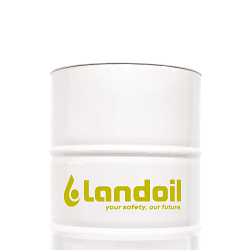 Lubricants for machine tools
Lubricants for machine tools Lubricants for machine tools
Lubricants for machine tools- All products
- Water-miscible coolants
- Neat cutting oil
- Minimal lubrication systems
- Oil for guides and slides
- Drums of hydraulic oil fluid
- Anti-freeze for machine tools
- Air coolers
- Oil separator
- Powders and absorbents for oil
- Aspirators for oil mist
- Accessories for cooling lubricants
- Metal and mould protectors
- Grease and paste
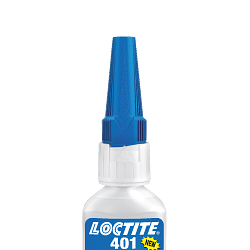 Chemical, adhesives and sealants
Chemical, adhesives and sealants Chemical, adhesives and sealants
Chemical, adhesives and sealants- All products
- Acrylic, cyanoacrylate and epoxy adhesives
- Guns and silicon sealant
- Threadlocker
- Sealants and retainers
- Release agents, lubricants and anti-seize
- Zinc spray and polishes
- Lubrication accessories
- Protections for maintenance
- Industrial Cleansing
- Handwash
- Industrial cloths and rags
- Welding machines
- Electrodes
- Clamps, shields and welding masks
- Antispatter
 Safety equipment
Safety equipment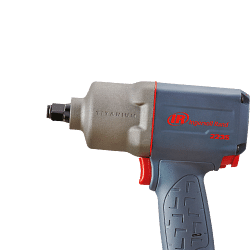 Pneumatics
Pneumatics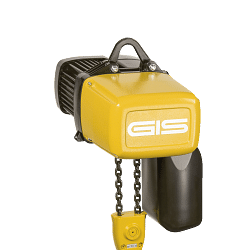 Lifting systems
Lifting systems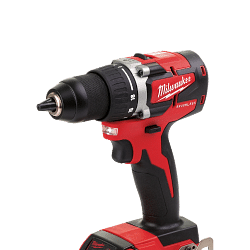 Workshop equipment
Workshop equipment Workshop equipment
Workshop equipment- All products
- Column and bench drills
- Accessories for lathes
- Band saws
- Cut-off machines
- Bench grinders
- Power tools
- Spare parts and accessories for Power Tools
- Saws and hole cutters: wood, metal and plasterboard
- Tapered cutters for sheet metal
- Industrial aspirators
- Fume aspirators
- Bench vices
- Technical lamps
- LED torches
- Industrial cable winders
- Trolley wheels
- Quick clamps
- Threaded inserts
- Control knobs
- Packaging accessories and material
- Belt sanders
- Electric tapping machines
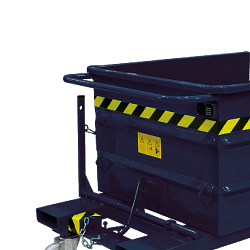 Furnishings and storage
Furnishings and storage Furnishings and storage
Furnishings and storage- All products
- Work benches
- Swivel chairs for office use
- Drawer units for workshops
- Industrial cabinets for warehouses and workshops
- Tool cabinets
- Security cabinets
- Changing room cabinets
- Containers for small metal parts
- Scrap holders
- Workshop trolleys
- Spill pallets for drum storage
- Shelves for warehouses and offices
- Cantilever shelving
- Aluminium ladders
- Modular plinths
- Units and cabinets for waste recycling
 Brand
BrandPromotions
 Bestseller
Bestseller- Catalogues
-
Catalogues
Customer service
How can we help you?
- Faq
- Customer service
02.927371
- Supporting big orders
02.38298620
-
info@linkindustrialtools.it
- Request assistance with form
Or contact us with the chat in the lower right corner
< Safety equipment
- Home
- Safety equipment
- Dust masks ffp3, fpp2 and fpp1
Dust masks ffp3, fpp2 and fpp1
In the context of mechanical workshops, occupational safety is a crucial aspect that cannot be neglected. Among the various protective measures, the use of ffp3, ffp2 and ffp1 dust masks is a key element in ensuring the health of operators. These masks are designed to protect the respiratory tract from harmful airborne particles such as fine dust, fumes and mists, which can cause serious respiratory problems if inhaled.
Understanding dust masks: ffp3, ffp2 and ffp1
Dust masks are classified into three main categories: ffp1, ffp2 and ffp3. This classification is based on their ability to filter out particles of different sizes and their filtration efficiency. The ffp1 masks offer the basic level of protection, with a filtration efficiency of at least 80 per cent. They are suitable for environments where the particles are non-toxic and do not pose a significant health risk.
The ffp2 masks, on the other hand, offer intermediate protection, with a filtration efficiency of at least 94%. They are used in environments where particles can be harmful to health, such as in the presence of heavy metal dust or welding fumes. Finally, ffp3 masks provide the highest level of protection, with a filtration efficiency of at least 99%. They are essential in highly contaminated environments, where particles are particularly dangerous, such as in the presence of asbestos or silica dust.
The importance of dust masks in machine shops
In machine shops, operators are often exposed to a variety of airborne particles generated by processes such as welding, grinding and metalworking. These particles can include metal dust, welding fumes and other potentially harmful substances. The use of appropriate dust masks is therefore essential to prevent the inhalation of these particles and protect the respiratory health of operators.
The ffp3, ffp2 and ffp1 masks are designed to fit comfortably around the face, providing an effective seal that prevents particles from entering through the edges. In addition, many of these masks are equipped with exhalation valves, which reduce the build-up of heat and moisture inside the mask, improving user comfort during prolonged use.
Advantages of using dust masks
The adoption of dust masks in mechanical workshops offers numerous advantages. Firstly, they help reduce the risk of occupational respiratory diseases, such as occupational asthma and silicosis, which can result from prolonged exposure to harmful particles. In addition, the use of appropriate masks can improve worker productivity by reducing respiratory fatigue and increasing comfort during work activities.
Another significant benefit is compliance with occupational safety regulations. The use of personal protective equipment, such as dust masks, is often required by occupational safety laws, and their use can help companies avoid penalties and demonstrate their commitment to employee safety.
Frequently asked questions about the use of dust masks
One of the most common questions concerns the duration of use of dust masks. In general, ffp1, ffp2 and ffp3 masks are designed to be disposable and should be replaced regularly, according to the manufacturer's instructions and conditions of use. It is important not to reuse disposable masks, as their filtration capacity may decrease with prolonged use.
Another frequently asked question concerns the difference between masks with and without a valve. Masks with a valve offer greater comfort during prolonged use, as the valve facilitates exhalation and reduces heat and moisture accumulation. However, non-valve masks may be preferred in environments where it is important to avoid the spread of exhaled particles, such as in healthcare settings.
Conclusions
In summary, ffp3, ffp2 and ffp1 dust masks are essential tools for ensuring respiratory safety in machine shops. The choice of the appropriate mask depends on the level of exposure to particles and the nature of the substances present in the work environment. Investing in high-quality protective equipment not only protects the health of operators, but also contributes to a safer and more productive working environment.
Read More Read LessUnderstanding dust masks: ffp3, ffp2 and ffp1
Dust masks are classified into three main categories: ffp1, ffp2 and ffp3. This classification is based on their ability to filter out particles of different sizes and their filtration efficiency. The ffp1 masks offer the basic level of protection, with a filtration efficiency of at least 80 per cent. They are suitable for environments where the particles are non-toxic and do not pose a significant health risk.
The ffp2 masks, on the other hand, offer intermediate protection, with a filtration efficiency of at least 94%. They are used in environments where particles can be harmful to health, such as in the presence of heavy metal dust or welding fumes. Finally, ffp3 masks provide the highest level of protection, with a filtration efficiency of at least 99%. They are essential in highly contaminated environments, where particles are particularly dangerous, such as in the presence of asbestos or silica dust.
The importance of dust masks in machine shops
In machine shops, operators are often exposed to a variety of airborne particles generated by processes such as welding, grinding and metalworking. These particles can include metal dust, welding fumes and other potentially harmful substances. The use of appropriate dust masks is therefore essential to prevent the inhalation of these particles and protect the respiratory health of operators.
The ffp3, ffp2 and ffp1 masks are designed to fit comfortably around the face, providing an effective seal that prevents particles from entering through the edges. In addition, many of these masks are equipped with exhalation valves, which reduce the build-up of heat and moisture inside the mask, improving user comfort during prolonged use.
Advantages of using dust masks
The adoption of dust masks in mechanical workshops offers numerous advantages. Firstly, they help reduce the risk of occupational respiratory diseases, such as occupational asthma and silicosis, which can result from prolonged exposure to harmful particles. In addition, the use of appropriate masks can improve worker productivity by reducing respiratory fatigue and increasing comfort during work activities.
Another significant benefit is compliance with occupational safety regulations. The use of personal protective equipment, such as dust masks, is often required by occupational safety laws, and their use can help companies avoid penalties and demonstrate their commitment to employee safety.
Frequently asked questions about the use of dust masks
One of the most common questions concerns the duration of use of dust masks. In general, ffp1, ffp2 and ffp3 masks are designed to be disposable and should be replaced regularly, according to the manufacturer's instructions and conditions of use. It is important not to reuse disposable masks, as their filtration capacity may decrease with prolonged use.
Another frequently asked question concerns the difference between masks with and without a valve. Masks with a valve offer greater comfort during prolonged use, as the valve facilitates exhalation and reduces heat and moisture accumulation. However, non-valve masks may be preferred in environments where it is important to avoid the spread of exhaled particles, such as in healthcare settings.
Conclusions
In summary, ffp3, ffp2 and ffp1 dust masks are essential tools for ensuring respiratory safety in machine shops. The choice of the appropriate mask depends on the level of exposure to particles and the nature of the substances present in the work environment. Investing in high-quality protective equipment not only protects the health of operators, but also contributes to a safer and more productive working environment.



